Attaining citizenship in a European country through a work permit visa is a process that requires
time, effort, and meeting specific criteria. While the exact path may vary depending on the
country, most European nations offer opportunities for foreign workers to eventually gain
citizenship through legal residency. Here’s a guide on how to achieve this goal.
1. Obtain a Work Permit
The first step toward citizenship is to secure a work permit. To do so, you must generally have a
job offer from an employer in the country. Most EU countries offer different types of work permits,
with skilled workers often having a faster path to permanent residency. For example, Germany
has the EU Blue Card program for highly skilled workers, which grants temporary residence with
the possibility of renewal and permanent residency after a few years (European Commission,
2023).
Each country has its own eligibility criteria for work permits, which typically include factors such
as education, professional experience, and language skills. It’s crucial to research the specific
visa requirements of the country you intend to work in, as they may vary.
2. Achieve Long-Term Residency
Once you’ve worked in a European country for a certain number of years, you may become
eligible for long-term or permanent residency. This process is usually tied to your work visa. In
many countries, a work permit holder can apply for permanent residency after 5 years of
continuous legal employment and residence. For instance, in France, workers on a valid work
permit can apply for permanent residency after 5 years, provided they meet income and
integration requirements (SchengenVisaInfo, 2024).
It’s important to maintain a clean legal record and meet all residency requirements, such as
income thresholds and healthcare coverage. Some countries also require proficiency in the
national language and proof of integration into society.
3. Apply for Citizenship
After several years of holding permanent residency, you may be eligible to apply for citizenship.
While the length of time required for citizenship varies, most European countries allow individuals
to apply for citizenship after 5 to 10 years of residency. For example, Spain and Portugal both
offer citizenship after 10 years of continuous residency, with some flexibility for citizens from
former colonies (European Commission, 2023).
In many countries, the citizenship application will require you to demonstrate your commitment to
the country. This could include language proficiency, passing a civic knowledge test, and proving
your financial stability. In some cases, applicants may need to renounce their original nationality,
while other countries, such as Portugal, allow dual citizenship (SchengenVisaInfo, 2024).
4. Meet the Requirements for Citizenship
To increase your chances of success in the citizenship application, be sure to:
- Maintain a steady employment history
- Meet financial and tax obligations
- Learn the local language
- Engage in civic activities or volunteer work to demonstrate your integration into the community
It’s also beneficial to stay informed about any changes in immigration law or policies in your
country of residence. Legal experts or immigration consultants can offer valuable assistance in
navigating the process.
Conclusion
Attaining citizenship in Europe through a work permit visa is a structured yet achievable process.
By first securing a work permit, progressing to permanent residency, and eventually applying for
citizenship, foreign workers can establish long-term roots in their new home. Be sure to meet the
eligibility criteria, stay compliant with legal requirements, and integrate into the local community
for the best chance of success.
References:
- European Commission. (2023). EU Blue Card and Work Permits. European Commission
Website. - SchengenVisaInfo. (2024). How to Apply for European Citizenship Through Work Visas.
SchengenVisaInfo.com.

